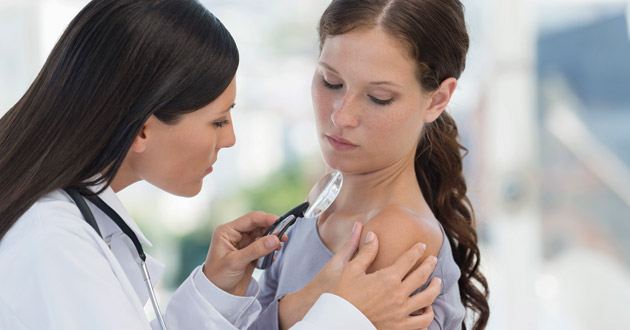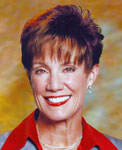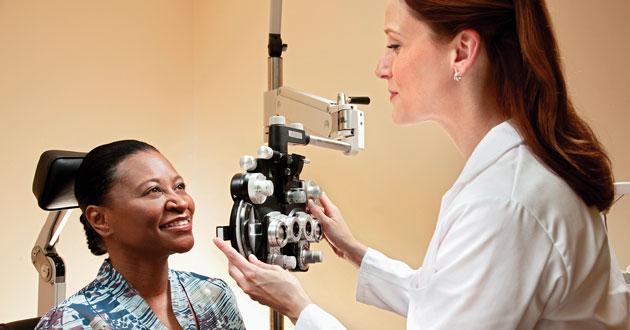Skin cancer real threat to SoCal sun lovers

Once again, I’ve been “benched” by my dermatologist. No running, swimming or biking for two weeks.
For the fifth time in two years, a squamous cell skin cancer has claimed a big chunk of my body. Two ugly scars on my right forearm…two on my right shin and the latest…an angry incision healing on my right calf muscle.
It’s a bummer for sure. But you know what’s really sad? I deserve every one of those scars.
Through high school and college, I worked summers as a lifeguard…arriving at work early so I could “lay out” in the sun before baking myself for eight more hours keeping watch over a huge municipal pool reflecting back on me.
To get a jump-start on my tan, I’d fry myself over spring break while visiting my grandmother in Phoenix, and schedule my college spring semester classes so I could sizzle a little more under the midday sun in the courtyard of my dorm.
Determined to be bronze for a winter frat party, I once sat before a sunlamp exposing myself to three times the ultraviolet light recommended (because, stupidly, I couldn’t “feel” anything!) and landed in the ER with second-degree burns several hours later!
FELONY stupid!
Now, all the sunscreen in the world can’t stop the self-inflicted damage to my once-smooth skin.
Arch Health Partner Dermatologist Dr. Diane Scott says she sees plenty of patients like me. The sad truth is there’s no turning back.
“Once you’ve had a cancerous lesion,” explains Dr. Scott, “your chance of having more increases. Damage to the DNA in skin cells from ultraviolet exposure has reached a threshold which promotes the transformation to cancerous cells.”
Not very encouraging for those of us from the baby oil, iodine and reflector generation. But this doesn’t have to be your story. The key is prevention!
When used properly, today’s sunscreens are entirely effective. Dr. Scott recommends choosing one that is broad spectrum (covering UVA and UVB) with an SPF of 30 or higher.
“Reapply every two hours if in the sun,” says Dr. Scott. “For sensitive skin, choose one labeled for babies.”
Those with fair skin who sunburn easily are at highest risk to develop skin cancer. Other risk factors include family history, having more than 25 moles and smoking.
“The effect of the sun is cumulative,” says Dr. Scott. “So every walk to and from the car and mailbox add up. Even light clothing and car windows allow UV to reach the skin.”
So, how do you know when that “thing” on your arm needs to be looked at by a doctor? Basically, if it’s a new or changing lesion or a mole that looks different from the others, get it checked. According to Dr. Scott, that “thing” on your face that looks like a pimple, but doesn’t go away… could be a basal cell carcinoma.
Then, be on the lookout for the deadliest form of skin cancer: malignant melanoma. (Check the accompanying box for the ABCDE’s of melanoma) Early detection is crucial because it can spread to the lymph nodes and other organs, resulting in death.
Still not motivated to apply that sunscreen? I’ll be happy to show you my scars.
Fact No. 1
The ABCDE’s of melanoma
A — Asymmetry: mole or patch not symmetrical in formation.
B — Border: irregular border of poorly defined.
C — Color: variations in color within the mole, black color, sometimes red or pink.
D — Diameter: greater than six millimeters.
E — Evolving: moles are changing size, color, shape or look different from all the rest.
Fact No. 2
Most common skin cancers:
• Basal Cell Carcinoma—BCC often appears as a pink or pearly papule or a pink, scaly patch. It grows locally and does not spread to other parts of the body.
• Squamous Cell Carcinoma—SCC has a precursor lesion called actinic keratosis. It appears as a pink patch. Invasive SCC is a thicker, pink, scaly patch. It’s usually locally destructive, but aggressive SCC can spread to lymph nodes and other organs.
• Malignant Melanoma—the deadliest form of skin cancer. It may rise from pre-existing moles or appear independently. Early detection (see ABCDE’s) is crucial. It can spread to lymph nodes and other organs and result in death.
— by Carol LeBeau
Carol is a former 10News anchor, Staying Healthy reporter and current Health Champion for Palomar Health, avid runner, bicyclist and ranked, rough water swimmer.
Q&A with Dr. Scott
Skin cancer is on the rise in Southern California and for good reason. We love the sun, no matter the season. So, before hitting the beach to soak up some rays, check out what Arch Health Partner Dermatologist Dr. Diane Scott has to say to former sun worshipper Carol LeBeau.
Carol: How long is too long in the sun?
Dr. Scott: There is no safe amount of sun exposure!
Carol: Really?! Don’t we need the sun’s vitamin D?
Dr. Scott: Studies show UVB-induced vitamin D synthesis can lead to DNA damage. It’s safer to get vitamin D through diet or supplements.
Carol: How can you possibly avoid the sun in San Diego?!
Dr. Scott: Wear sunscreen every day, or protective clothing and a hat. Avoid tanning beds and the sun between 10 and 2.
Carol: Does diet play a role?
Dr. Scott: Yes. A diet or supplements rich in antioxidants.
Carol: Is there a supplement you recommend?
Dr. Scott: Yes. One called polypodium leucotomos has been shown to decrease UV-induced damage to the skin.
Carol: What’s the treatment for the most common skin cancers?
Dr. Scott: Most are treated surgically. But some topical treatments can be used for superficial skin cancers.
Carol: Do you recommend routine skin checks?
Dr. Scott: Yes. Yearly exams for adults and every six months for those with skin cancer history.
Carol: I have to ask… do you ever enjoy the sun?
Dr. Scott: I like to hike, swim and enjoy the beach…from under the umbrella, cabana, hat and sunscreen!





